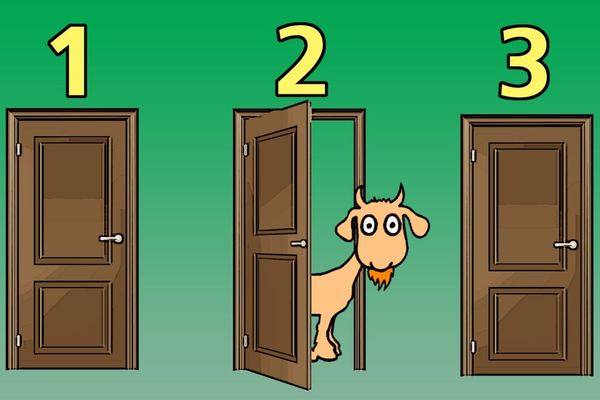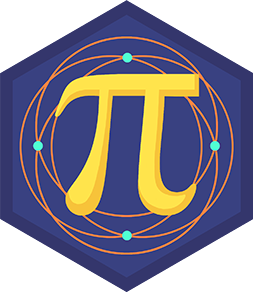Write a logic puzzle
Create and solve your own logic puzzle by inventing characters, writing clues, and making a solution grid to practice deductive reasoning skills.



Step-by-step guide to create and solve your own logic puzzle
KIDS Can Solve Logic Puzzles! (Total beginners)
Step 1
Gather your materials and find a flat table to work on so your puzzle will be neat and easy to read.
Step 2
Pick a fun theme and decide how many characters you want to include (3 to 5 is great for beginners).
Step 3
Give each character a name and write one short description for each so they feel real.
Step 4
Choose 3 categories to compare (for example favorite color; pet; snack) and pick 3 to 5 options for each category.
Step 5
Use the ruler to draw a solution grid on your paper with characters down the left side and category options across the top.
Step 6
Label the rows and columns clearly so each box in the grid matches one character with one option.
Step 7
Create the secret answer by assigning one option from each category to each character and keep this answer hidden.
Step 8
Write at least six clues that are a mix of direct clues and clues that say who does NOT match something.
Step 9
Solve your puzzle using only your clues and mark the grid to check whether the clues lead to the secret answer.
Step 10
Change any clues that are too vague or make the puzzle unsolvable until your clues lead to a single clear solution.
Step 11
Make a clean final copy of your puzzle and solution grid and decorate it with colouring materials so it looks awesome.
Step 12
Share your finished creation on DIY.org.
Final steps
You're almost there! Complete all the steps, bring your creation to life, post it, and conquer the challenge!


Help!?
What can I use if I don't have a ruler or colouring markers listed in the materials?
Use the straight edge of a hardcover book or the long side of a cereal box to draw your solution grid and replace markers with crayons, coloured pencils, or cut coloured paper for decorating the final copy.
My puzzle has multiple possible solutions or the grid looks messy—how do I fix that?
When solving, mark impossible matches with light pencil X's and circle confirmed matches on the grid, then rewrite any vague clues (step: 'Change any clues...') until the clues lead to a single clear solution.
How can I change the activity to suit different ages?
For younger kids use 3 characters, 2 categories with picture options and 4 simple clues, while older kids can use 4–5 characters, 3 categories with 3–5 options each and at least six mixed direct and negative clues as suggested.
What are some ways to extend or personalize the finished puzzle beyond making a clean decorated copy?
Add a bonus secret category, draw character portraits with your colouring materials, time friends solving the puzzle for points, or create a digital version to share on DIY.org.
Watch videos on how to create and solve your own logic puzzle
Make Your Own Logic Puzzles | Elementary Math Resources
Facts about logic puzzles and deductive reasoning for kids
✏️ You can create a fun logic puzzle with just 3 characters and 3 different attributes (like pet, color, and snack).
🧠 Many logic puzzles rely only on deduction — no math required, just careful reading and ruling out possibilities!
📊 Speed puzzle events exist: experienced solvers can complete complex logic grids in just a few minutes.
🧩 The Zebra puzzle (sometimes called Einstein's riddle) asks “Who owns the zebra?” and is one of the most famous logic-grid puzzles.
🕵️♀️ Puzzle makers use solution grids to track possibilities — crossing out and checking boxes helps you spot deductions faster.
How do you create and solve your own logic puzzle with characters and a solution grid?
What materials do I need to make a logic puzzle for my child?
What ages is creating and solving logic puzzles suitable for?
What are the benefits of making logic puzzles and safe variations I can try?


One subscription, many ways to play and learn.
Only $6.99 after trial. No credit card required

![Learn To Solve Simple Logic Puzzles with Color Block Builder [Apple Pencil]](https://img.youtube.com/vi/HO6icZPJVT4/mqdefault.jpg)

